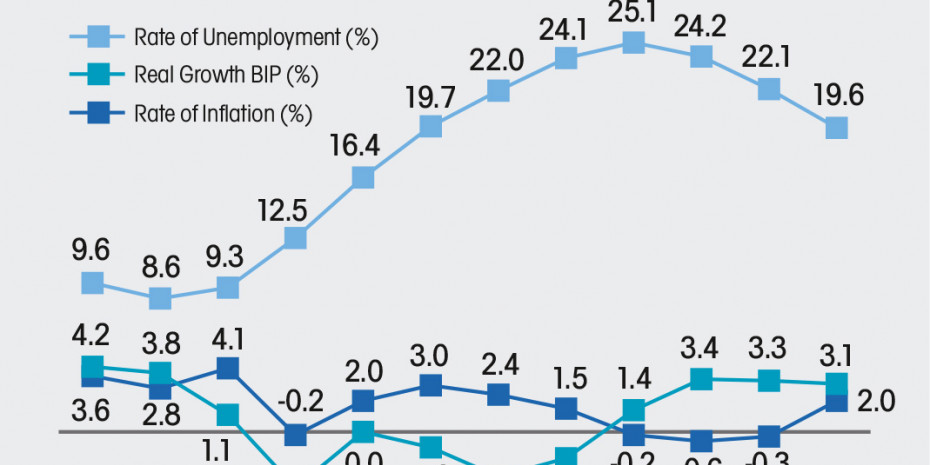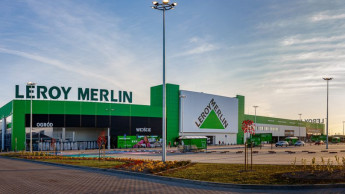However, the figure of 317 DIY stores in the narrower sense is actually not particularly high when set against the population of 46.6 mio in Spain. This equates arithmetically to one store for every 147 000 Spaniards, which is a very low ratio for Europe. For comparison purposes, in the major DIY countries of Germany, France and Great Britain, there are between 33 000 and 55 000 inhabitants per store, although in Italy, which still has a strong traditional hardware store structure like Spain, the catchment figure is also above 100 000 inhabitants.
What should be of greater interest to the Spanish DIY store groups is looking at store distribution at the level of the 19 autonomous communities or cities (ciudades autónomas in Spanish; 17 regions, two cities). This reveals that a host of regions are undersupplied, not least even a few that are regarded as economically strong regions of the country.
Catalonia can be put into this category. This region in the north-east of Spain is slightly undersupplied, but the gap (13.3 per cent of stores versus 14.0 per cent of the population) is by no means as great as in other parts of the country.
The Basque region is a striking example. Although 4.7 per cent of the Spanish people reside here, only 3.5 per cent of the home improvement stores are located in the aspiring region on the Atlantic coast in the north of Spain, At nearly 200 000 inhabitants per store, this is the second highest population to store ratio in the country, and thus second worst in terms of DIY store distribution. Looking at just these parameters of population and number of home improvement stores in isolation, this means that there appears to be room here for store chain expansion.

 Menü
Menü
















 Newsletter
Newsletter